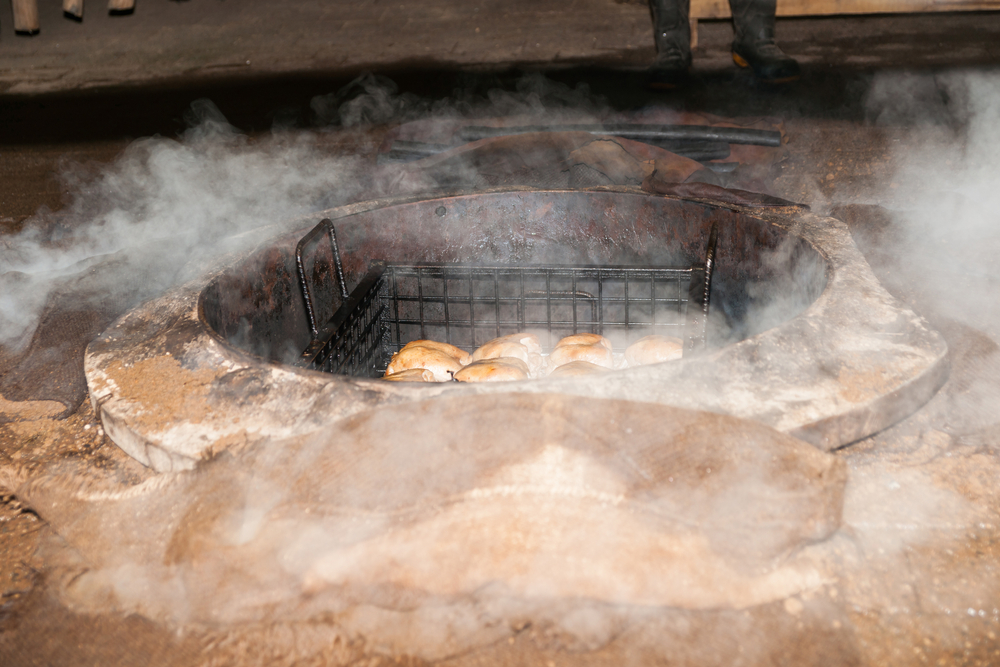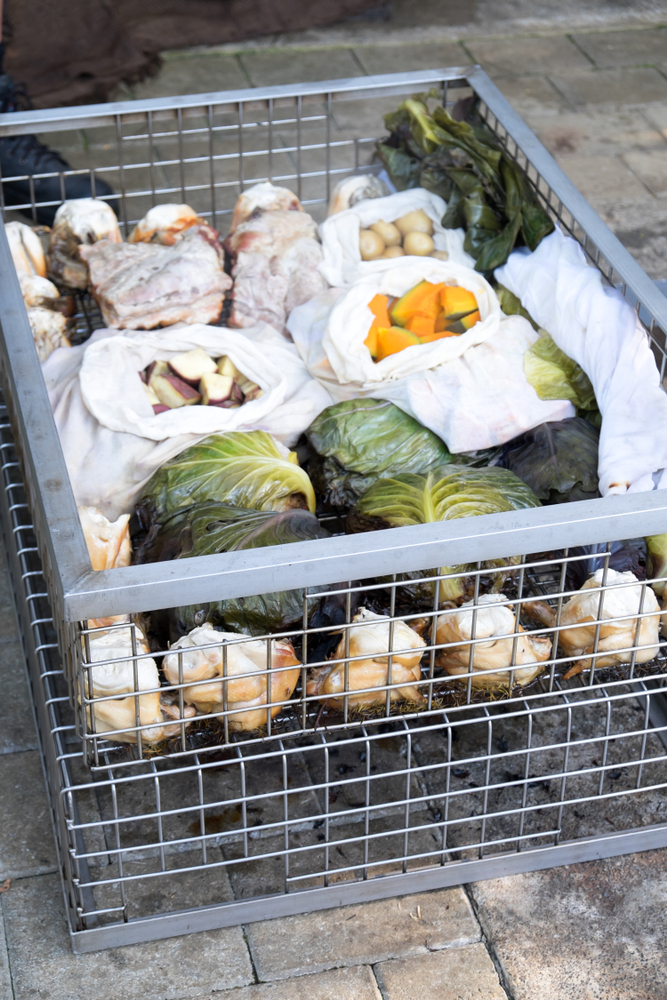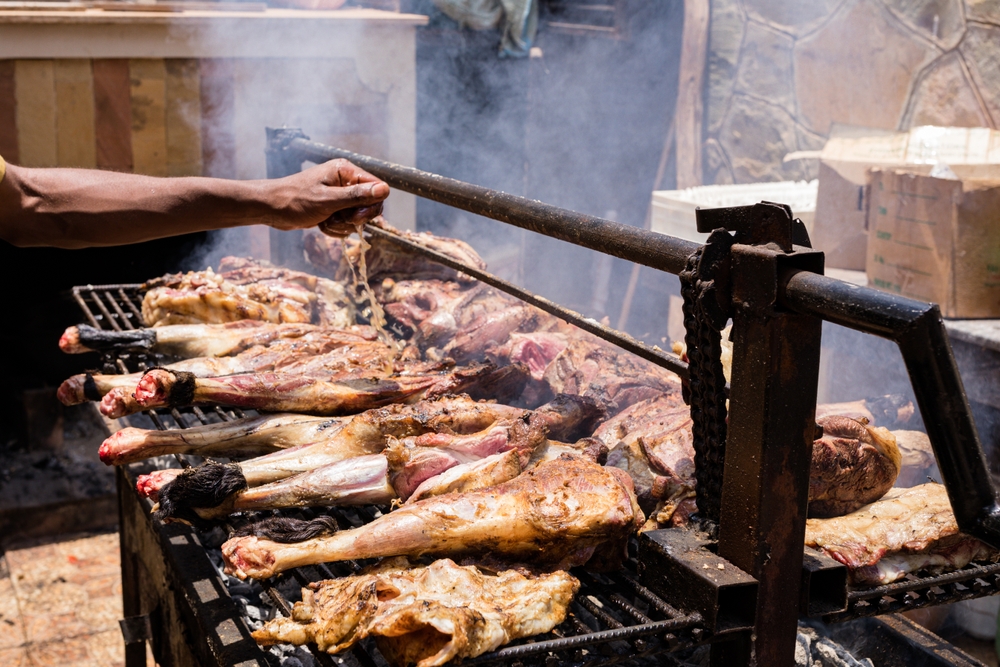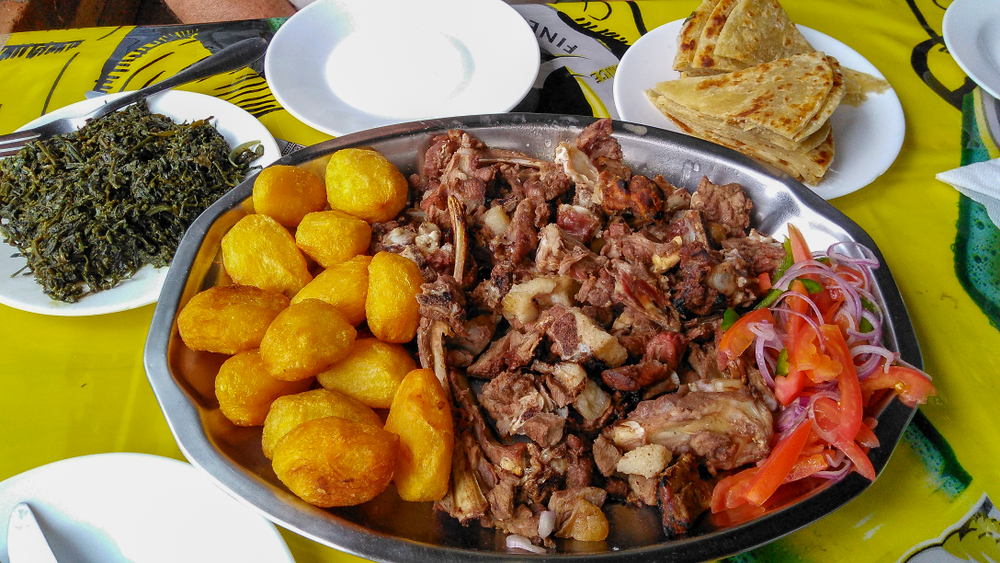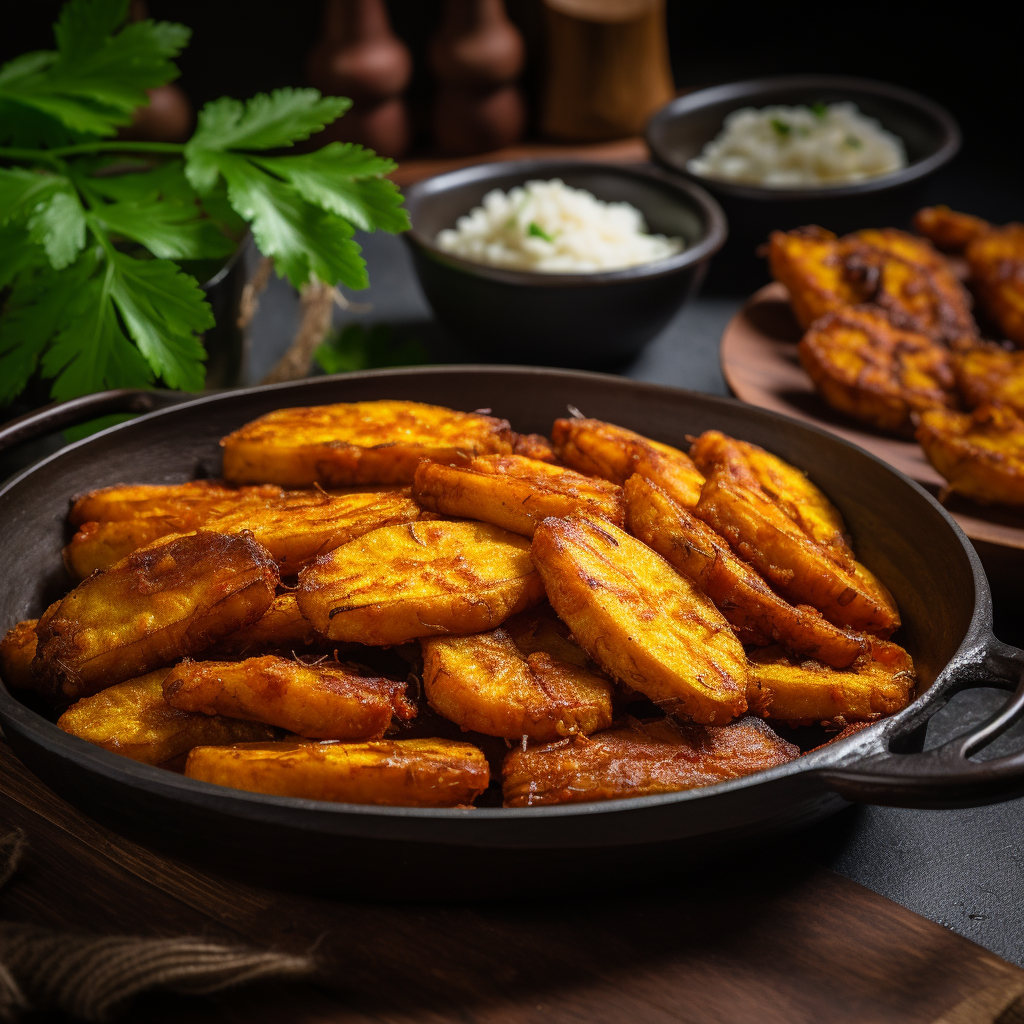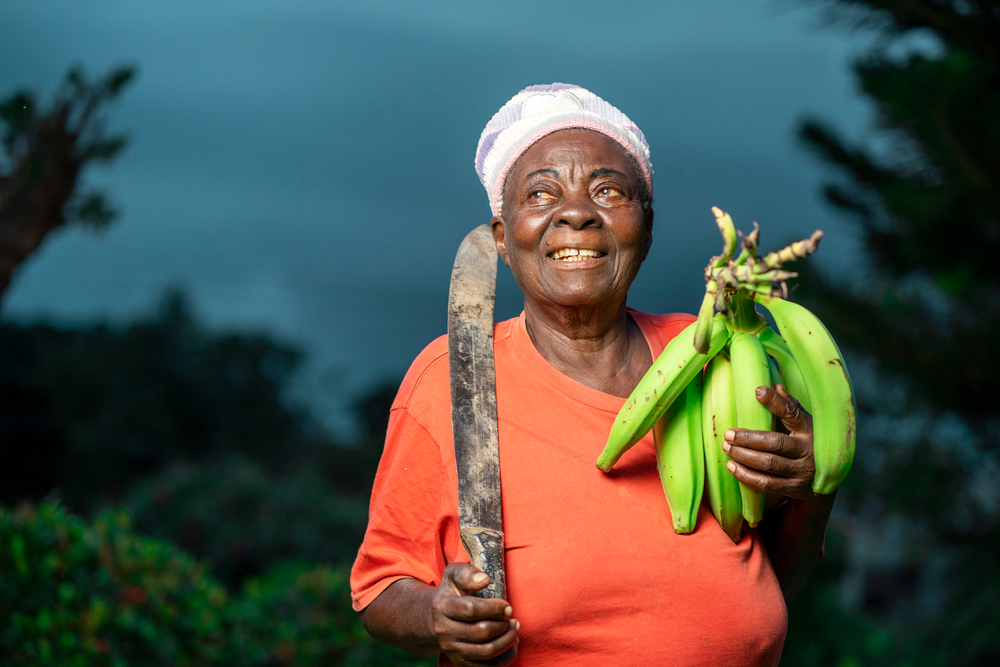As a passionate gastronome, there’s nothing more exciting than exploring a fresh culinary landscape. Today, our gastronomic adventure takes us to the vibrant, flavorful, and diverse world of Eritrean cuisine. Nestled in the Horn of Africa, Eritrea boasts a culinary tradition steeped in history, culture, and an abundance of locally sourced ingredients.
Eritrean cuisine is a delightful blend of African, Italian, and Middle Eastern influences, resulting in a rich tapestry of flavors that are as diverse as the people who call this country home. The Eritrean table is a testament to the country’s resilience, resourcefulness, and unwavering love for good food.
The cornerstone of Eritrean cuisine is injera, a sourdough-risen flatbread with a slightly spongy texture, typically served with various stews and sauces. However, the star of today’s culinary journey is the Eritrean Zigni, a hearty and spicy meat stew that embodies the spirit of Eritrean cuisine.
The Eritrean Zigni: An Overview
At the heart of many traditional Eritrean meals is Zigni, a rich, flavorful meat stew that is synonymous with comfort and hospitality in Eritrea. The Eritrean Zigni recipe is a delightful fusion of carefully selected ingredients and a slow-cooking process that brings out an exquisite depth of flavor.
Zigni is typically made with beef, lamb, or goat, simmered in a robust sauce of berbere spice, tomatoes, onions, and garlic. The result is a spicy, aromatic stew that is a feast for the senses. Its robust flavors and hearty texture make it a staple dish in Eritrean households, particularly during celebratory occasions.
The Eritrean Zigni recipe is a testament to Eritrea’s cultural diversity, with variations of the dish reflecting the unique tastes and culinary influences of different regions. No matter the version, the essence of Zigni remains the same – a comforting, delicious dish that brings people together.
Ingredients, quantities and Preparation: Mastering the Eritrean Zigni Recipe
The beauty of the Eritrean Zigni recipe lies in its simplicity. The ingredients are straightforward, readily available, and when combined, create a symphony of flavors. While the key to mastering this recipe lies in the proper balance of spices and a careful, slow-cooking process, it begins with sourcing the right ingredients.
To prepare Zigni, you’ll need tender cuts of meat (beef, lamb, or goat), berbere spice, tomatoes, onions, garlic, ginger, vegetable oil, salt, and injera for serving. Berbere, the lifeblood of many Eritrean dishes, is a spicy mixture composed mainly of chili peppers, garlic, ginger, basil, korarima, rue, ajwain, radhuni, nigella, and fenugreek.
The quantities of these ingredients can vary based on personal preference or regional variations. However, a traditional Eritrean Zigni recipe typically calls for a 1:1 ratio of meat to onions, an ample amount of berbere spice for heat, and a generous amount of oil to help the flavors meld together.
A Step-by-step Guide on Cooking Eritrean Zigni
The process of cooking Zigni is as fascinating as the dish itself. It requires patience, attention to detail, and an appreciation for the slow transformation of simple ingredients into a complex, flavorful stew.
First, the onions are finely chopped and sautéed until they are golden brown. This process, known as “sweating” the onions, helps to release their natural sugars and enhances the overall flavor of the dish. Next, the berbere spice is added to the onions, along with the minced garlic and ginger. The mixture is then fried until the spices are well blended and fragrant.
The meat, cut into bite-sized pieces, is then added to the pot. It is cooked until it becomes tender and absorbs the flavors of the spices. The tomatoes are then added, along with enough water to cover the meat. The stew is then simmered on low heat for several hours until the meat is tender and the flavors have melded together to create a rich, flavorful sauce.
The final result is a spicy, aromatic stew that is typically served with injera, a sourdough-risen flatbread that is a staple in Eritrean cuisine.
Tips and Tricks for Perfect Zigni Every Time
While the Eritrean Zigni recipe may seem straightforward, achieving the perfect balance of flavors requires a few tips and tricks. First, it’s essential to use fresh, high-quality ingredients for the best results. The quality of your meat, spices, and vegetables can significantly impact the flavor of your Zigni.
Second, the key to a flavorful Zigni lies in the slow-cooking process. Rushing this process can result in tough meat and underdeveloped flavors. Allow the stew to simmer on low heat for several hours to achieve a rich, flavorful sauce.
Third, don’t be shy with the spices. The berbere spice mix is what gives Zigni its distinctive flavor and heat. Feel free to adjust the amount of berbere to suit your taste preference.
Fourth, make sure to serve your Zigni with plenty of injera. This sourdough flatbread acts as the perfect sponge for the spicy, flavorful sauce of the Zigni.
Pairing Suggestions for Eritrean Zigni
When it comes to pairing Zigni with side dishes or drinks, the choices are as diverse as the Eritrean culinary landscape. A traditional Eritrean meal often includes a variety of vegetable and legume dishes, making these excellent pairing options for Zigni.
In terms of drinks, Tej, a traditional Ethiopian and Eritrean honey wine, is a popular choice. Its sweet, tangy flavor can balance out the heat of the Zigni. If you prefer non-alcoholic beverages, try pairing your Zigni with a glass of chilled Eritrean t’ej, a type of fermented tea.
The Cultural Significance of Zigni in Eritrea
Zigni is more than just a meal in Eritrea; it’s a dish that holds cultural and social significance. It often graces the table during special occasions, celebrations, and gatherings, serving as a symbol of hospitality and generosity.
In Eritrean culture, sharing a meal is an intimate act of community, and Zigni, with its communal serving style, exemplifies this tradition. As such, mastering the Eritrean Zigni recipe is not just about learning to cook a dish; it’s about immersing oneself in the vibrant culture and rich traditions of Eritrea.
Exploring More Eritrean Recipes
While Zigni is a quintessential Eritrean dish, the country’s culinary landscape is a rich tapestry of flavors waiting to be explored. From the spicy, tangy Alicha, a vegetable stew, to the hearty Ful, a fava bean dish, the Eritrean kitchen offers a culinary adventure for every palate.
If you’ve mastered the Eritrean Zigni recipe and are looking for more culinary challenges, why not try your hand at making injera, the staple Eritrean bread, or Shiro, a nutritious chickpea stew. Each recipe offers a glimpse into the Eritrean way of life and is a testament to the country’s rich culinary heritage.
Where to Eat Zigni in Eritrea: Food Tourism
If your culinary journey has inspired you to experience authentic Eritrean Zigni firsthand, then a trip to Eritrea should be on your bucket list. From the bustling street markets of Asmara to the quiet, rustic eateries of the countryside, Eritrea offers a wealth of dining experiences that cater to every taste and preference.
The capital city, Asmara, is particularly renowned for its vibrant food scene. Here, you can find traditional restaurants serving authentic Eritrean zigni, cooked to perfection and served with warm, freshly baked injera.
However, to truly experience the richness of Eritrean cuisine, consider venturing beyond the city limits. The small towns and villages offer a unique, authentic culinary experience, where traditional recipes are passed down through generations and meals are prepared with locally sourced ingredients.
Conclusion
Mastering the art of the Eritrean Zigni recipe is more than just a culinary achievement; it’s a journey into the heart of Eritrea, a chance to experience a culture rich in tradition, diversity, and a love for good food. Whether you’re a seasoned chef or a home cook looking for a new challenge, the Eritrean Zigni recipe offers an exciting culinary adventure. So why not roll up your sleeves, fire up the stove, and embark on this delicious journey into the heart of Eritrean cuisine?






